
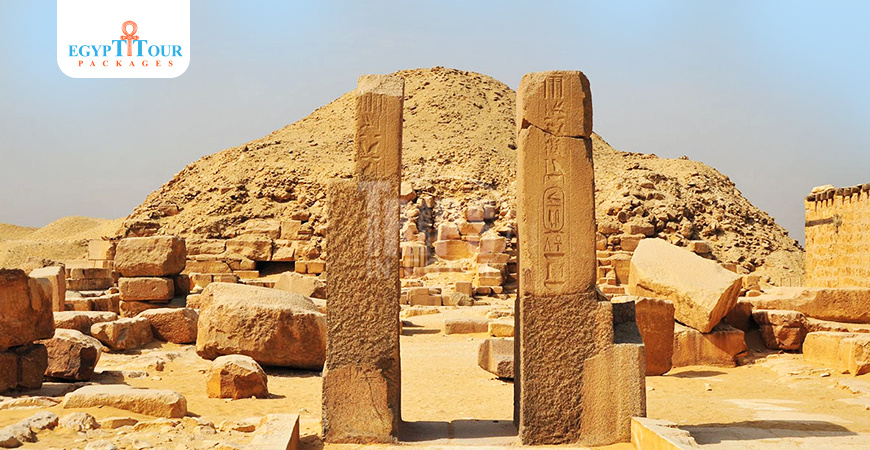
The Pyramid Of Unas Facts
The Pyramid of Unas is a rare piece of beauty and greatness that is found hidden in the sands of Saqqara
What is special about the Pyramid of Unas?
Unas (Wenis) ruled during the final years of Dynasty V, for around 30 years. His pyramid in Saqqara, even though it was the smallest among the pyramids of the Old Kingdom, showcases the detailed hieroglyphic designs in the inner chambers, which is the earliest evidence of the 'Pyramid Texts'. Prior to his reign, except for Djoser's structures, all the pyramids were plain and without any decorations.

What happened to the Pyramid of Unas?
The pyramid itself appears ordinary, just a large pile of rubble overshadowed by the Saqqara step pyramid is an archeological remain in the Saqqara necropolis that is located northwest of the city of Memphis was one of the oldest and most important cities in ancient Egypt, located at the entrance to the Nile River Valley near the Giza plateau. Memphis in Egypt . Step Pyramid of Djoser . Gaston Maspero was the first to explore the structure in 1881, after studying texts from other pyramids of the same era. Alexandre Barsanti excavated the pyramid and part of the mortuary temple in the early 20th century, followed by Cecil Firth, Jean-Philippe Lauer, and others. The pyramid's core was made of rough limestone blocks that decreased in size towards the top. It was covered with fine white limestone blocks, which are now only present on the lower levels. The entrance to the pyramid was located on the north side, opening at ground level in the court beneath a small entrance chapel. A passage led to a corridor and horizontal passage, originally blocked by three granite slabs. The antechamber was situated beneath the center of the pyramid, with a room containing three niches to the east and the burial chamber to the west. The burial chamber's roof was gabled, and its ceiling was painted with golden stars on a deep blue background, representing the night sky. The walls of the burial chamber were lined with white alabaster, featuring intricate designs in black, white, yellow, blue, and red, imitating the wooden structure covered by reed wall hangings of a royal palace or a niched archaic mastaba. Notably, Unas was the first king to have texts inscribed on the walls of his final resting place.

The Pyramid Of Unas Text
The burial chamber, antechamber, and passages are adorned with columns of beautifully carved blue hieroglyphs. These hieroglyphs depict 283 'spells' known as the 'Pyramid Texts'. These texts, consisting of nearly 800 'spells' or 'utterances', describe the various stages of royal rebirth and were meant to protect the deceased on their journey from death to the Netherworld. It is believed that the priests of the Heliopolitan sun cult composed these texts, although they may have originated before the reign of the pharaohs. Each pyramid does not contain the complete collection of spells, and there was no standard edition. One of the texts found in Unas's pyramid is referred to as the 'cannibal hymn', which describes the consumption of the gods' spirits. This may be a remnant of an ancient funerary practice like human sacrifice, although there is no evidence of this in Old Kingdom Egypt.

What is the pyramid text of Unas?
The Pyramid Texts have been discovered in the pyramids of five kings from Dynasties V to VI (Unas, Teti, Pepy I, Merenre, and Pepy II), as well as in the pyramid of King Ibi from Dynasty VIII and a few queens' pyramids. Maspero collected over 4000 lines of text from the pyramids he studied. These inscriptions are believed to be the earliest religious texts in the world and served as the precursor to later coffin texts and the texts commonly known as the 'Book of the Dead' (which include much of the content from the Pyramid Texts) found in later royal tombs.
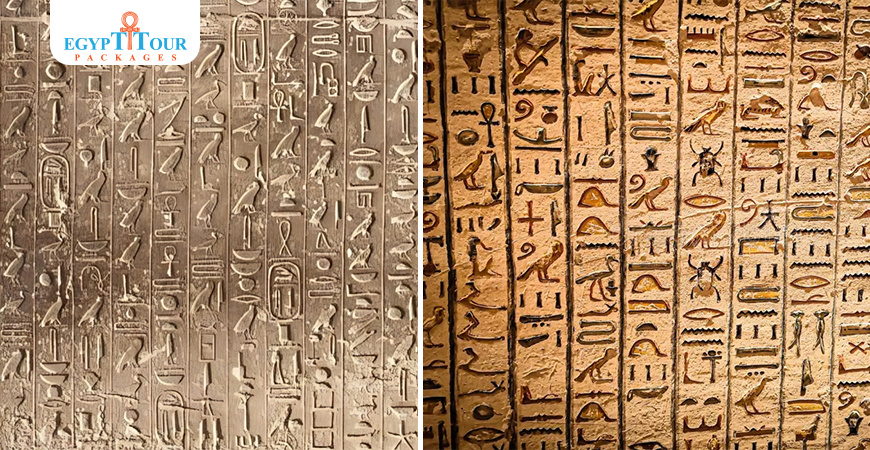
Pyramid of Unas
Unas's greywacke sarcophagus was placed in the floor on the western side of the burial chamber, with his canopic chest at the bottom. There were only a small number of mummified bone fragments left from the burial (now in Cairo Museum), but it is uncertain if they were from Unas.
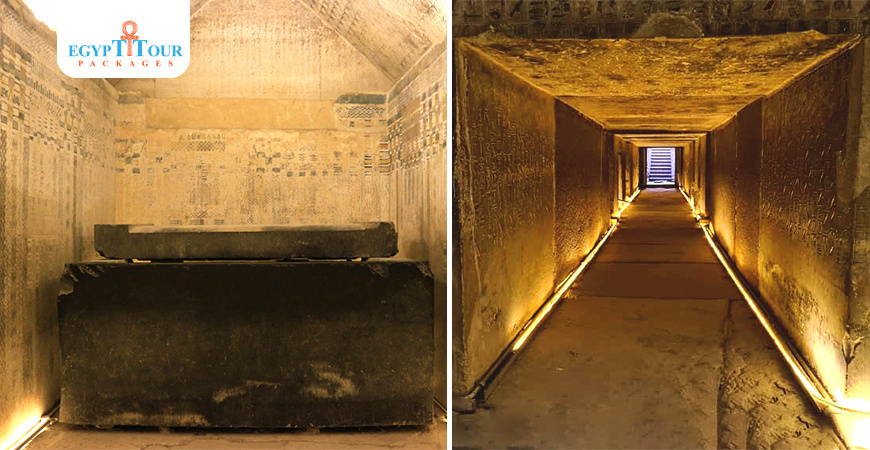
What is the pyramid text of Saqqara?
Unas's pyramid had a mortuary temple on its eastern side, which is mostly ruined now. However, it was designed similarly to Djedkare's temple. On the southern side of the pyramid, there is a section of an inscription by Khaemwaset, who was the son of Rameses II and a priest of Heliopolis. He restored many of the monuments from the Old Kingdom, including those of Unas, a thousand years after their construction. In the northeast of the pyramid, there are mastaba tombs where two queens of Unas, Nebet and Khenut, were buried.
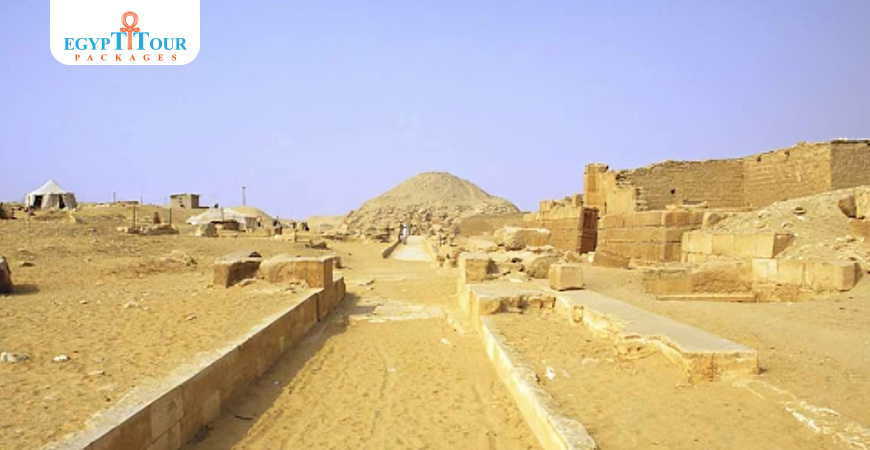
What is the most important feature of the Pyramid of Unas?
The riverside pyramid structures have not fared well over time. They were often used as a source of stone for building other monuments, and Unas's valley temple is no different. It was likely located next to a lake, with a harbor and a quay for easy access to the causeway. In the 1970s, Ahmad Musa continued the excavation work started by previous Egyptian archaeologists. He uncovered the lower sections of the causeway and the valley temple. On one of the temple's terraces, he discovered a sarcophagus made of greywacke. It was similar in style to those belonging to Menkaure and Shepseskaf. Inside the sarcophagus was the mummy of an elderly man, identified as 'King's son, Ptahshepses' through an inscription on his golden belt.
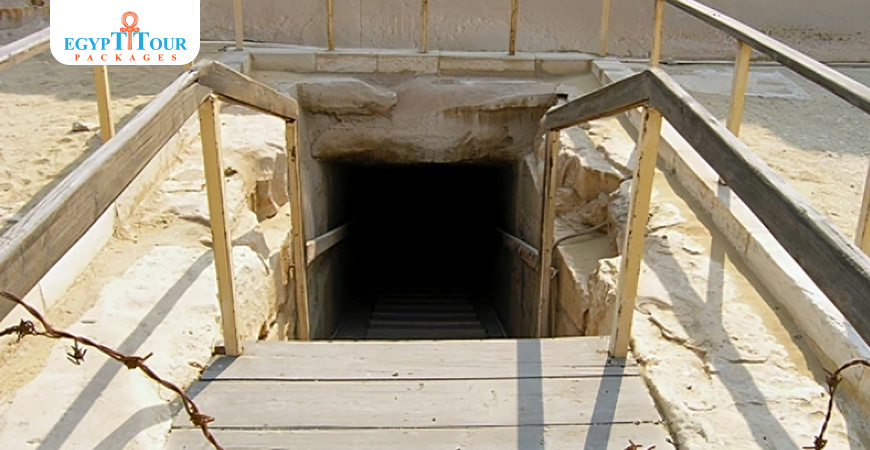
Post A Comment
Your Email Address Will Not Be Published.



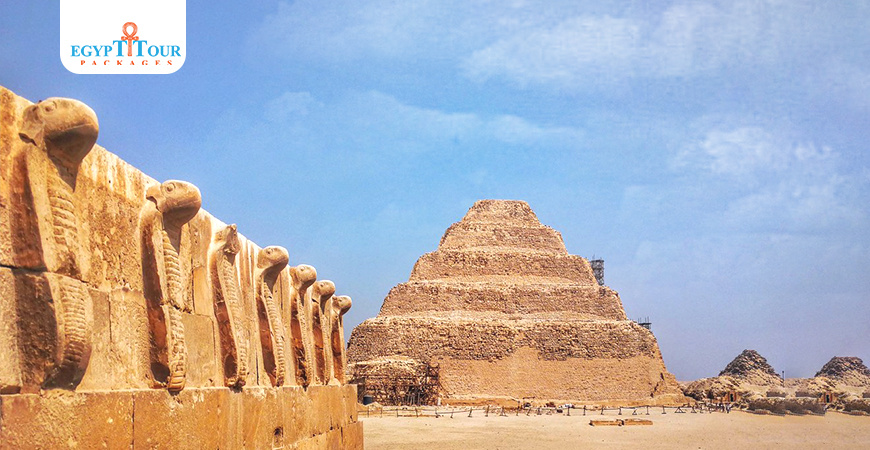







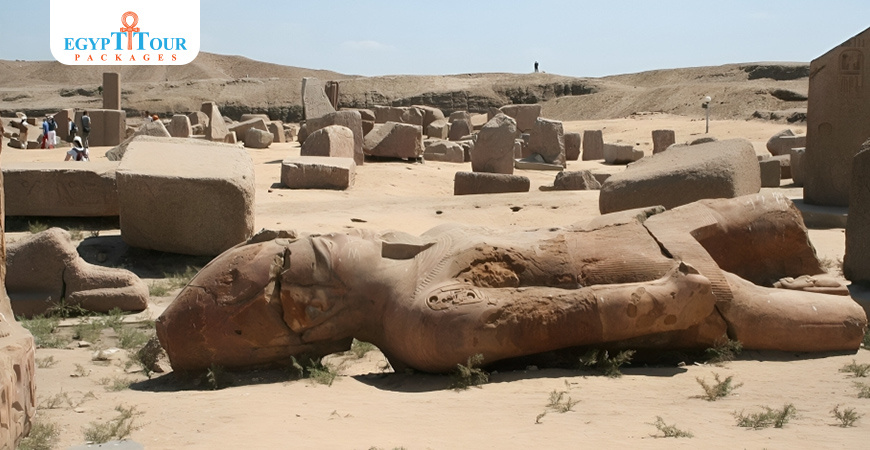


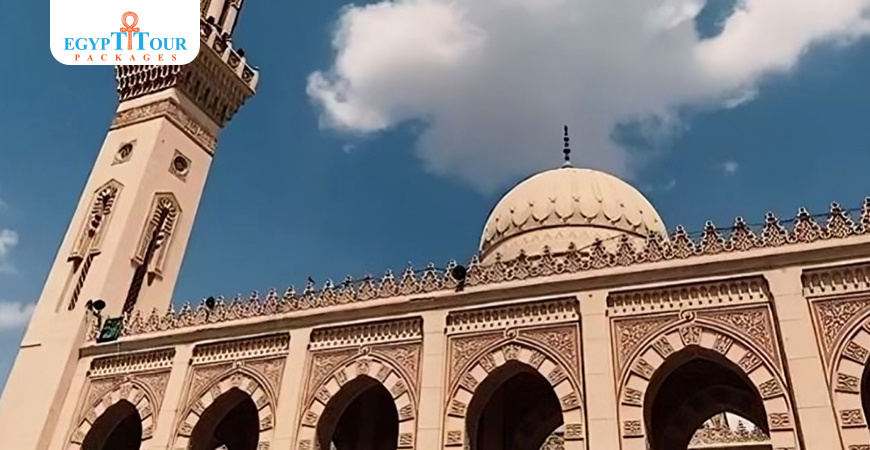


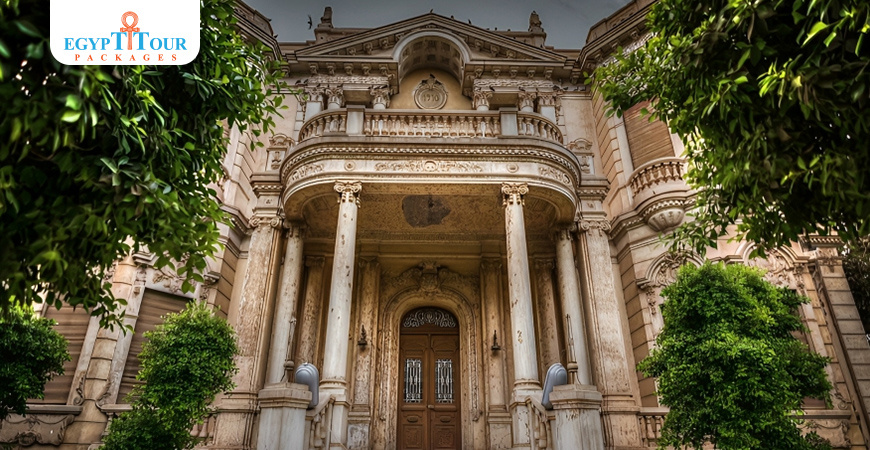
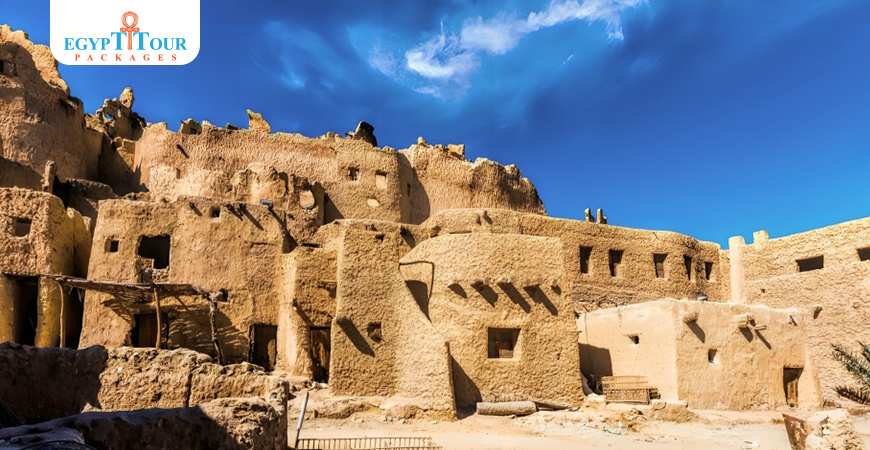
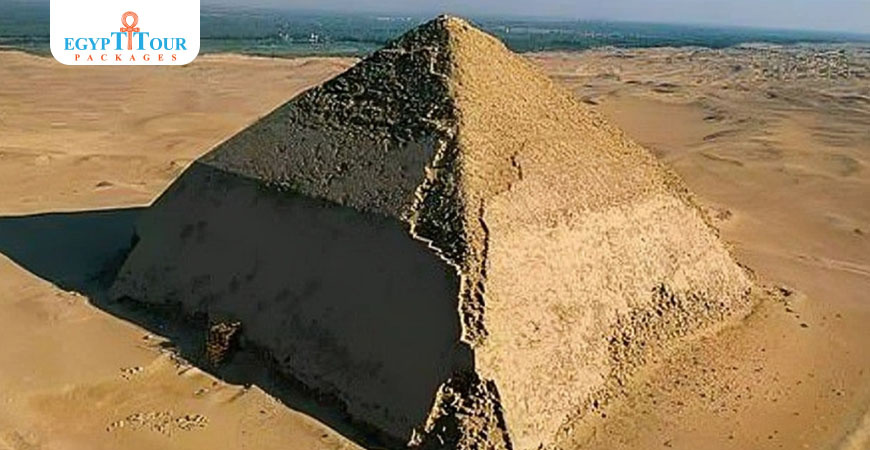
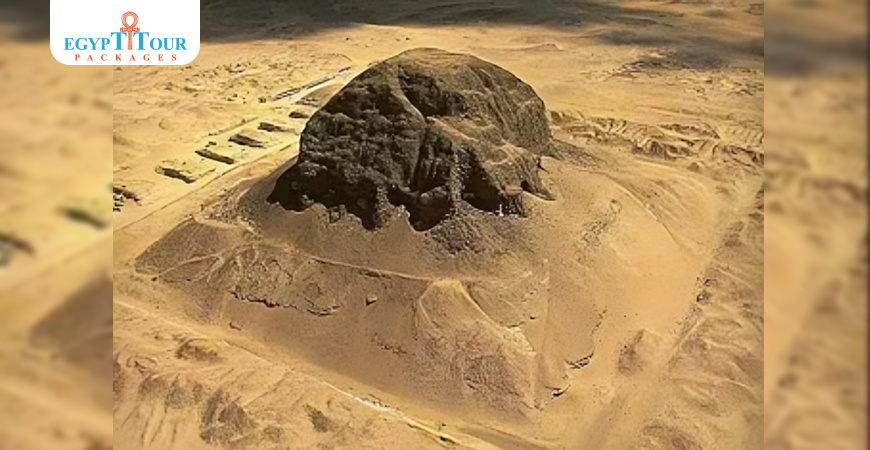
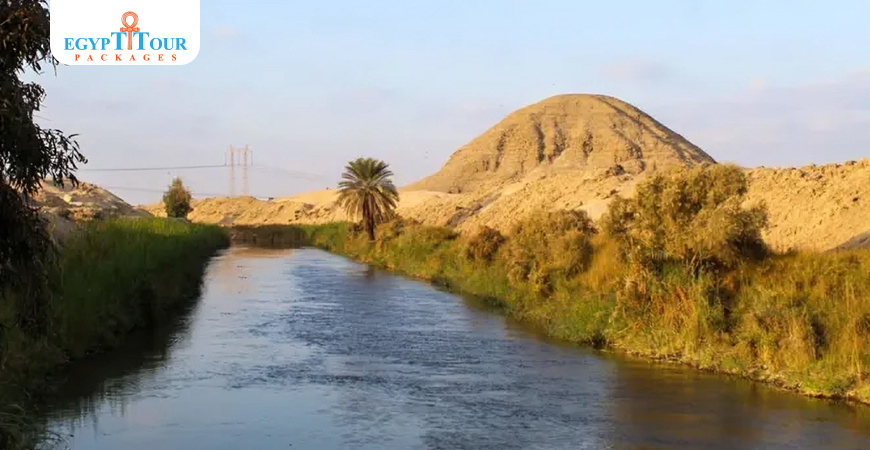
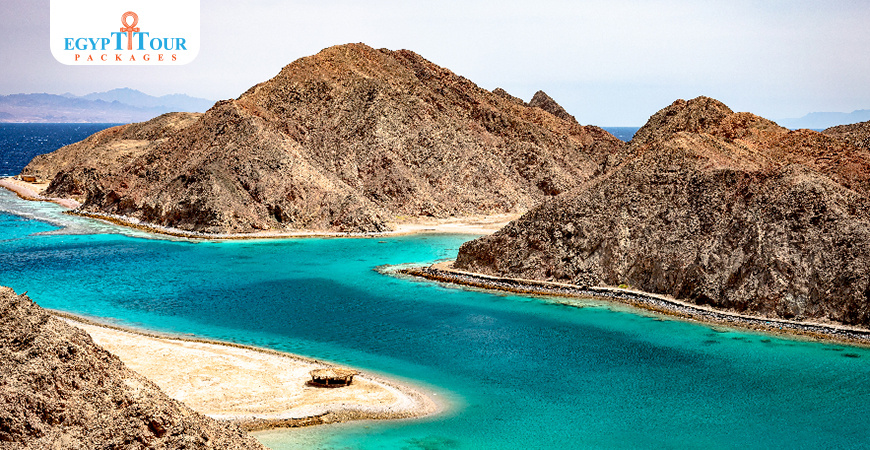

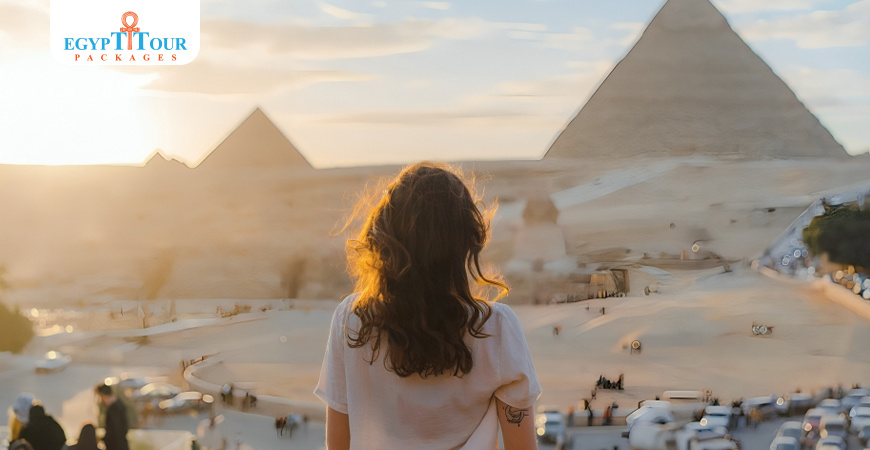
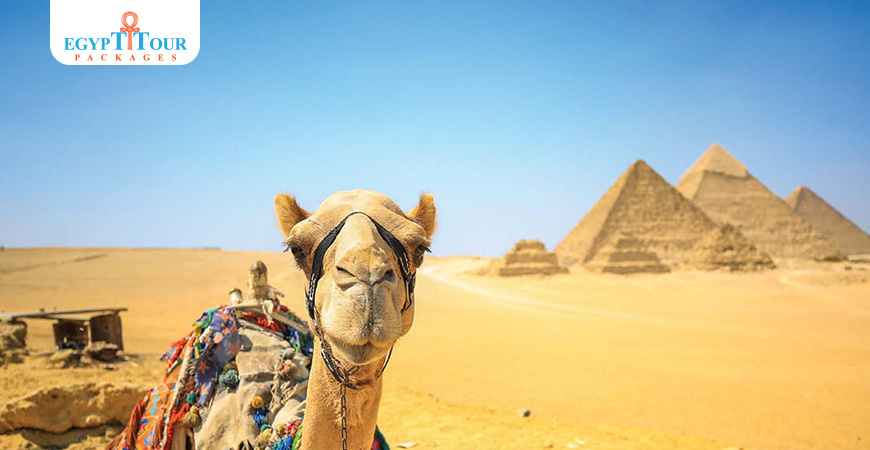











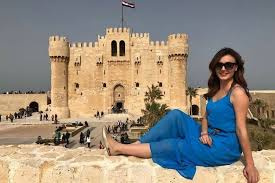

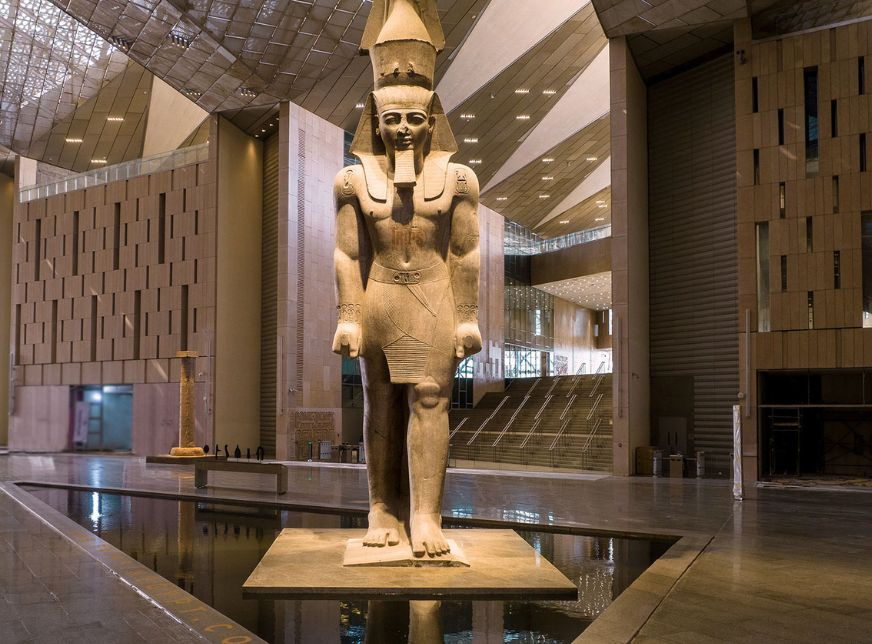

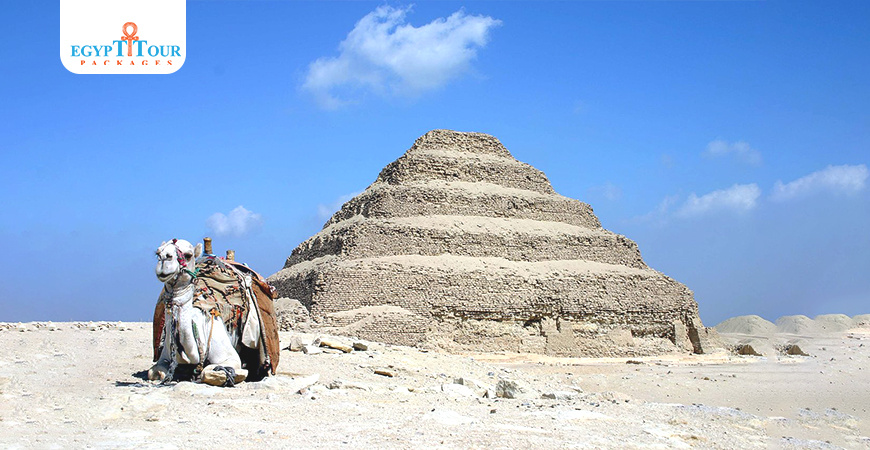



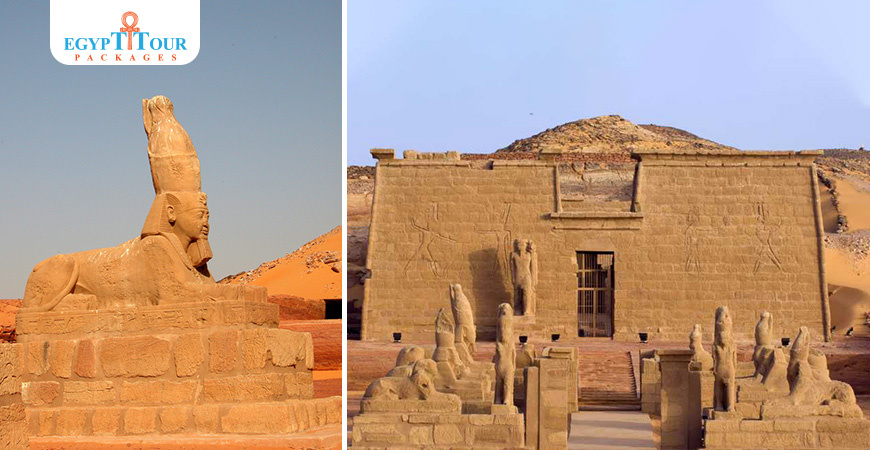

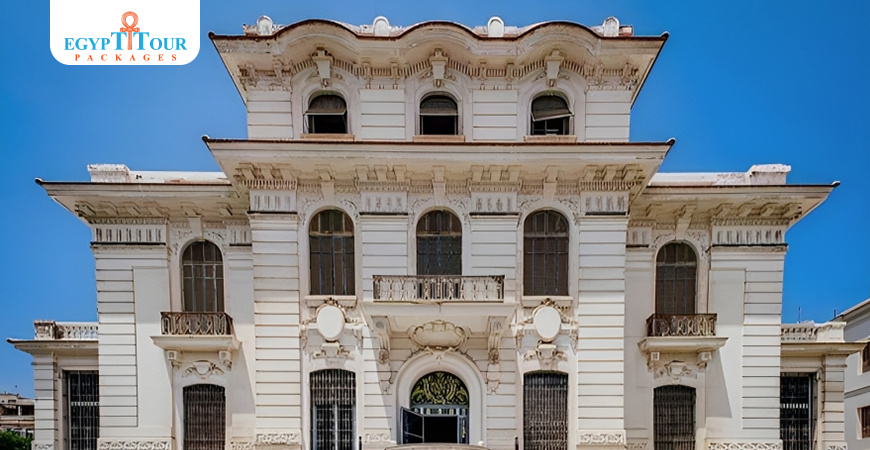

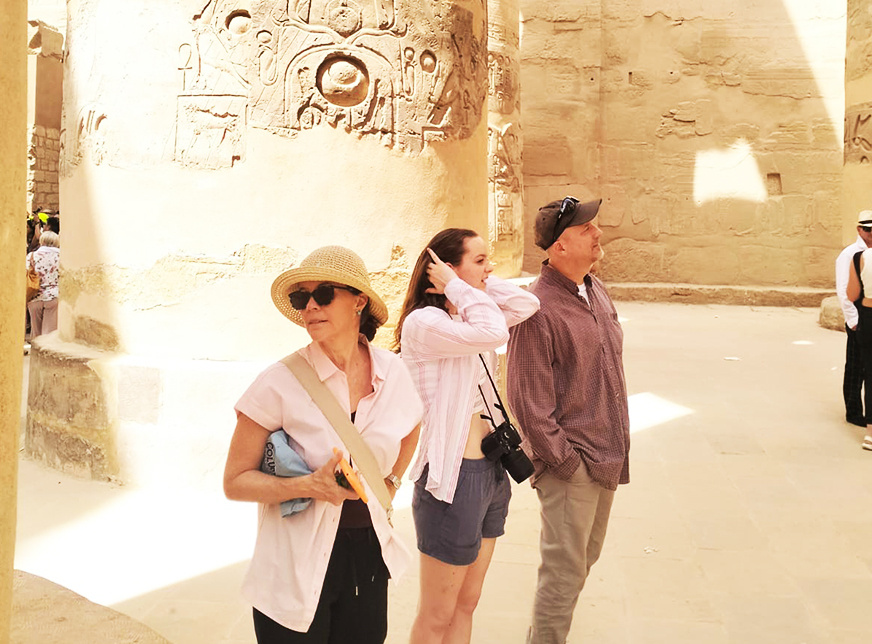
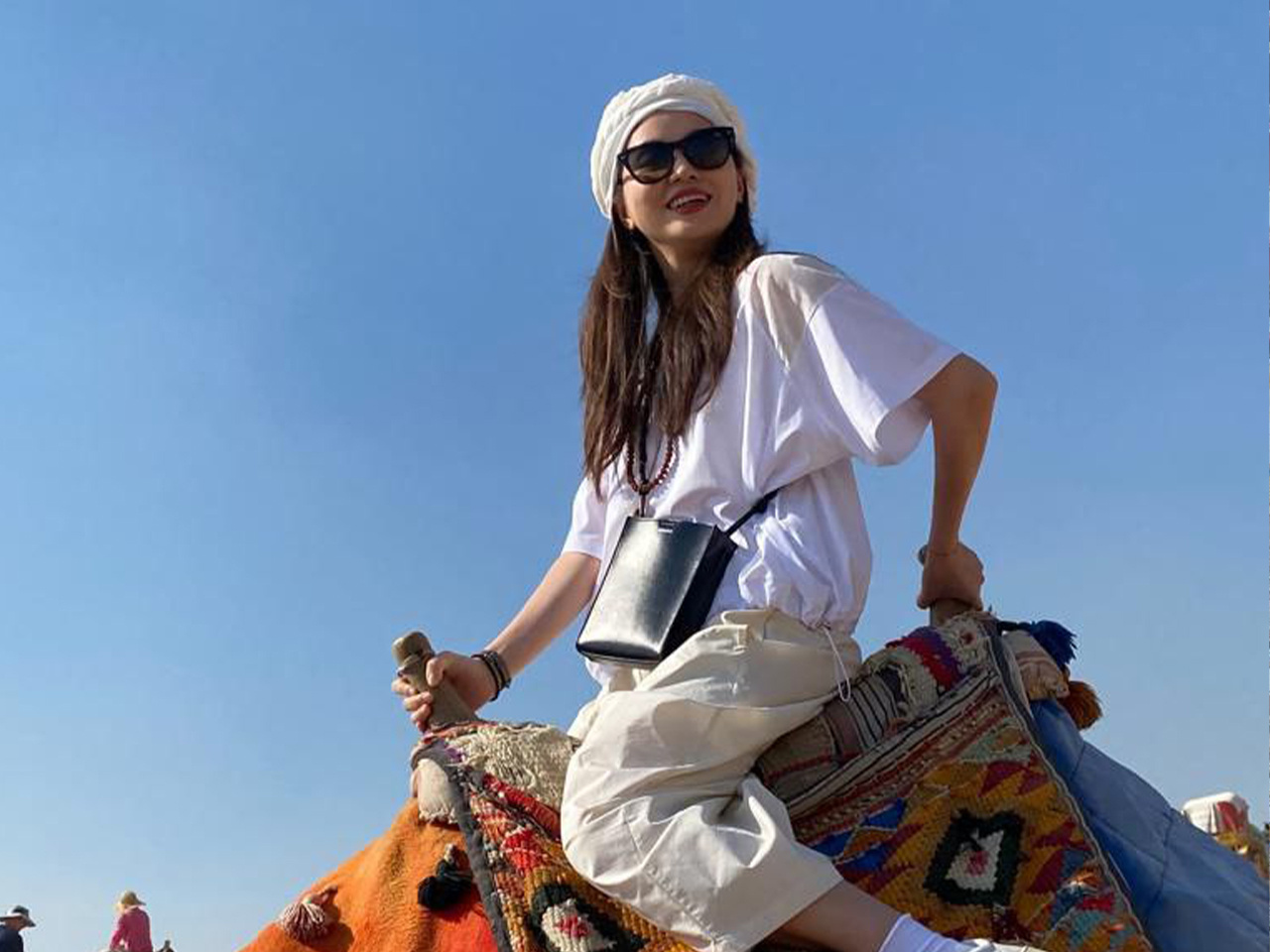
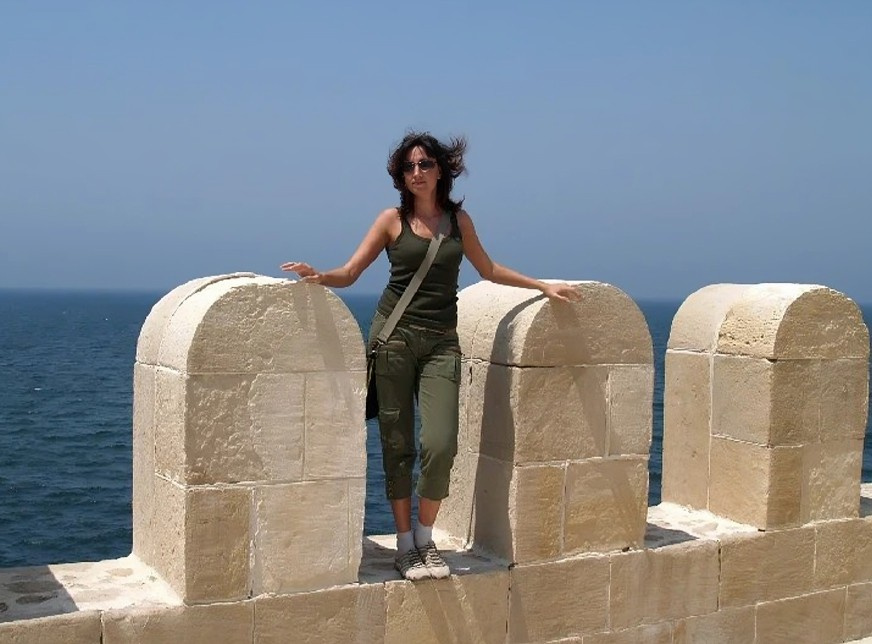
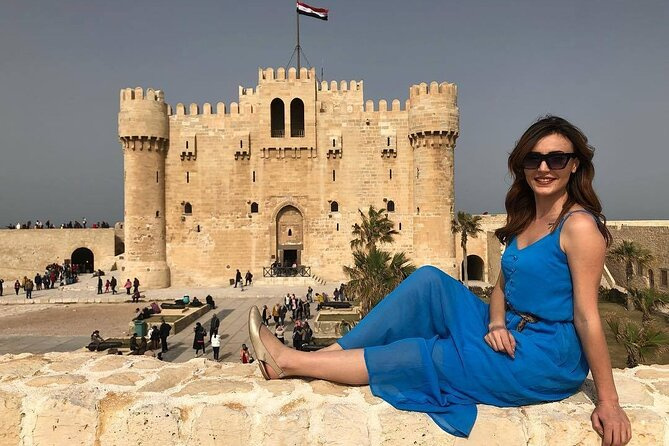
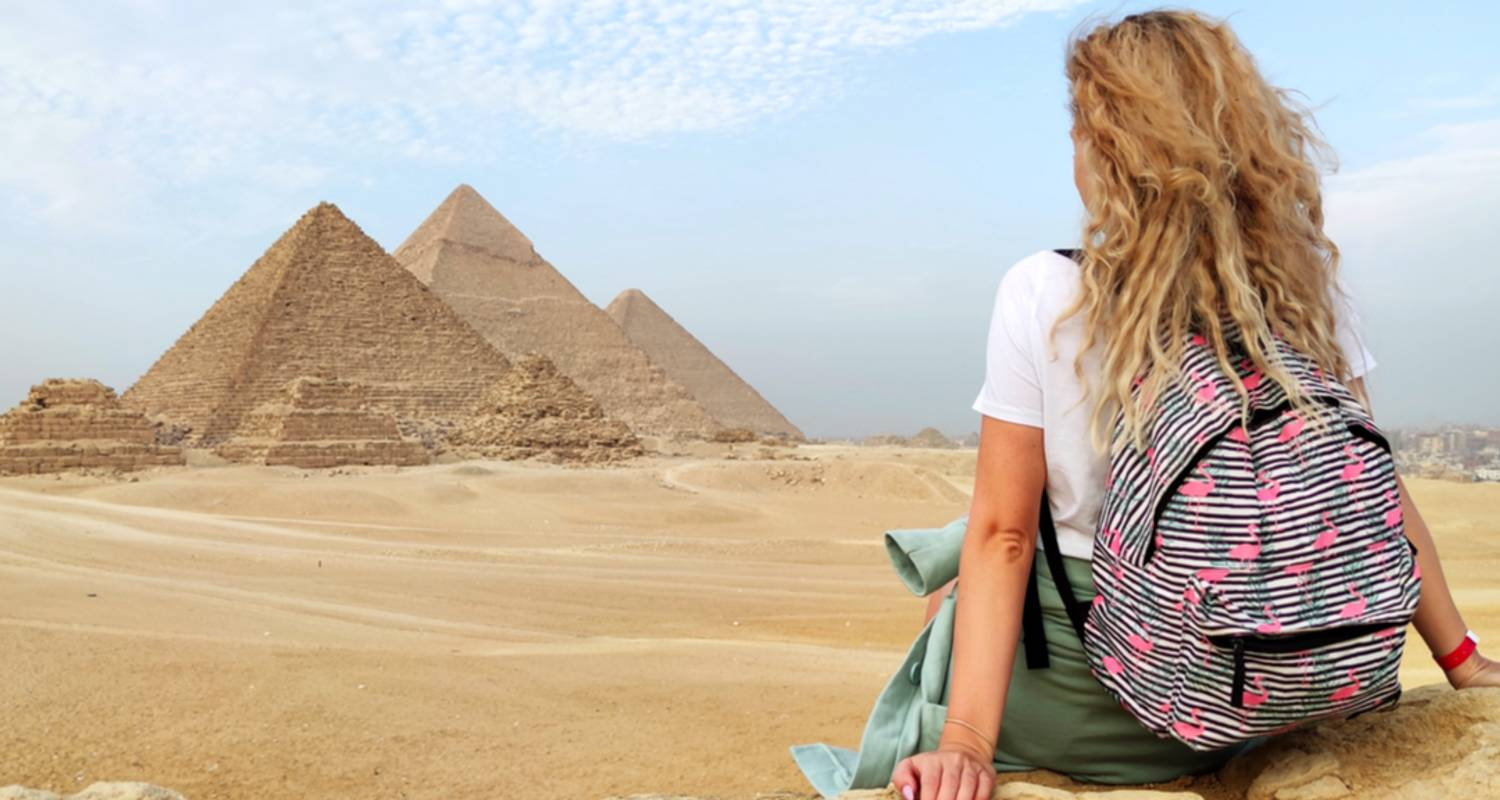
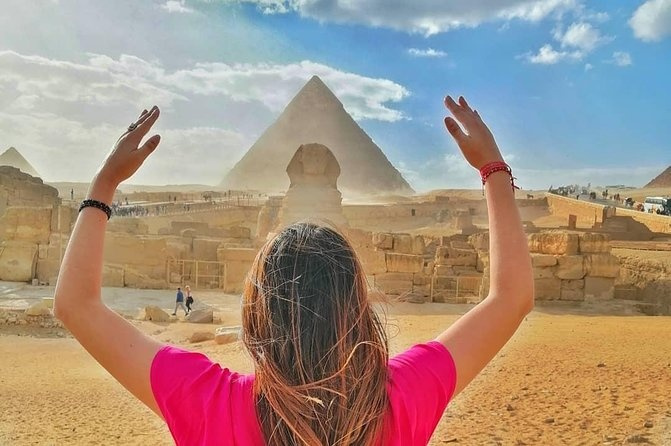

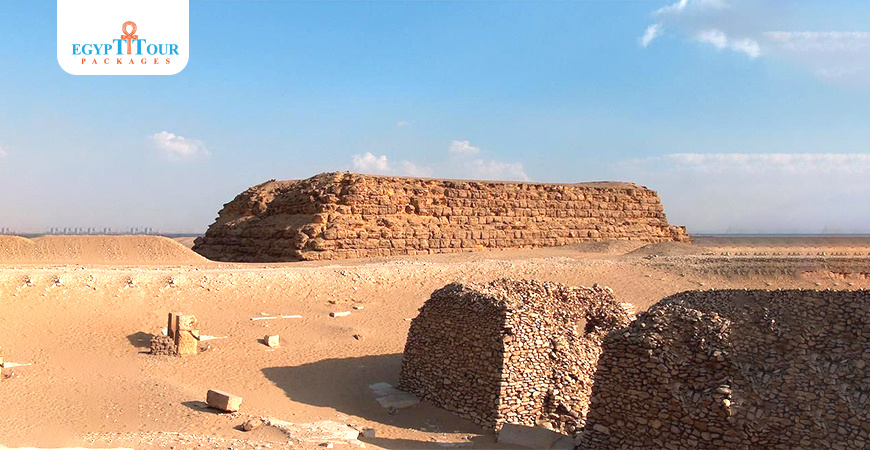
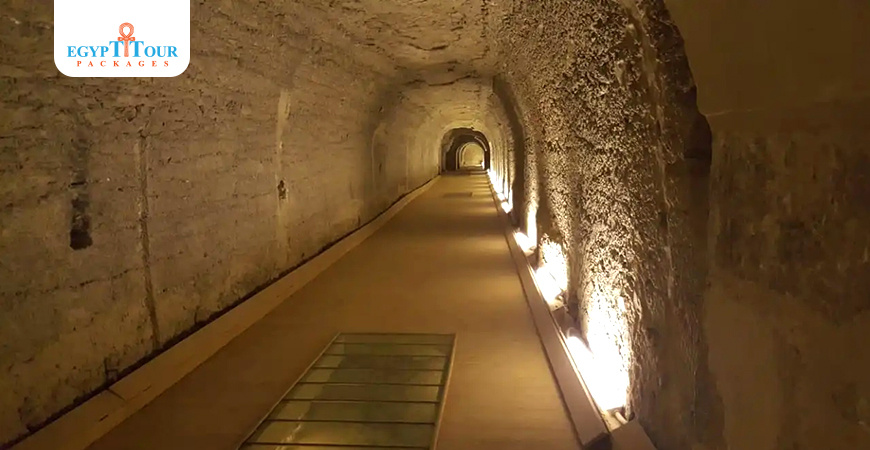

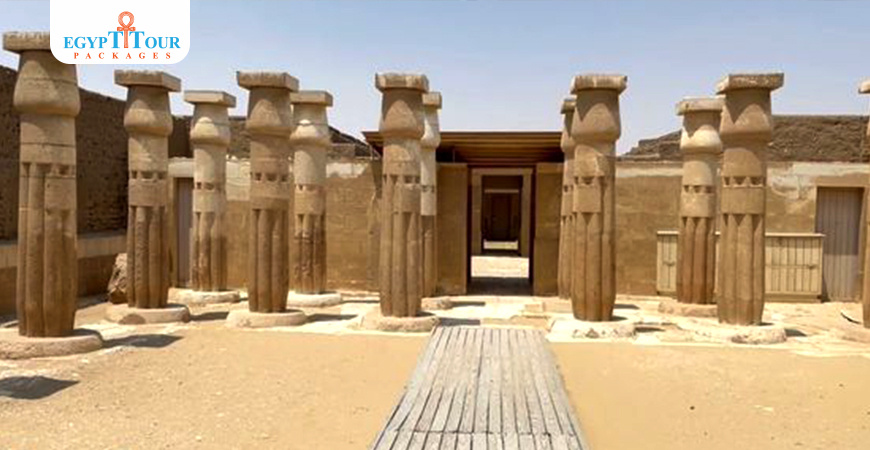
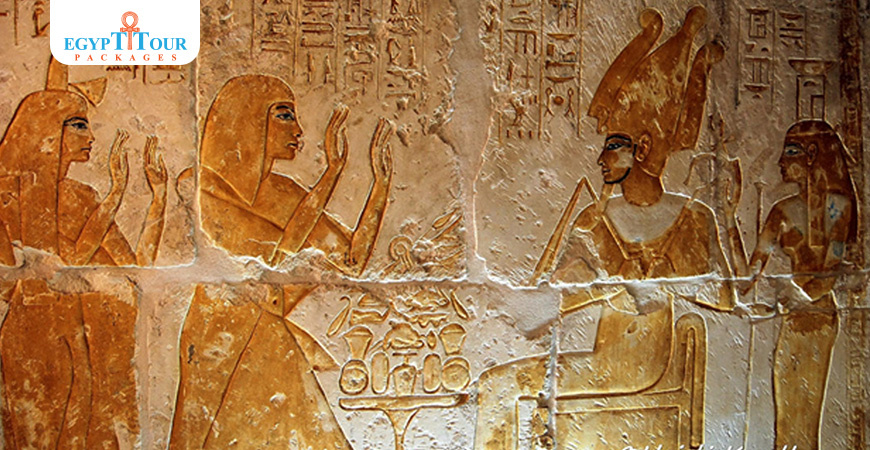
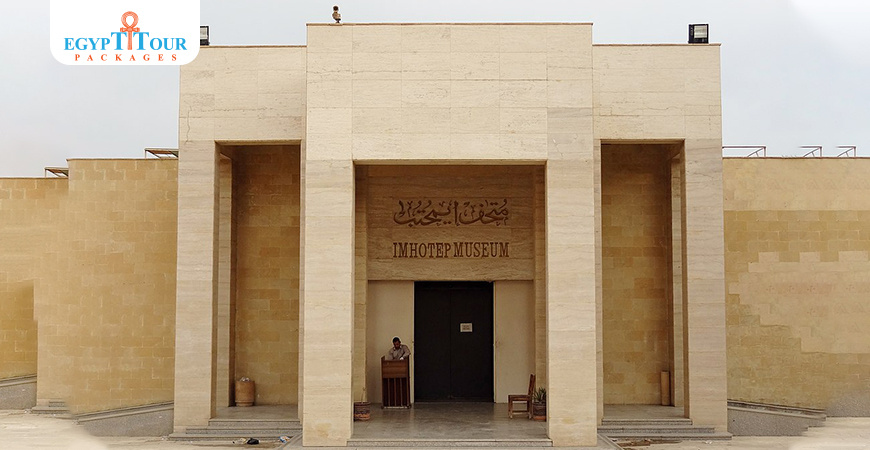

0 Comments